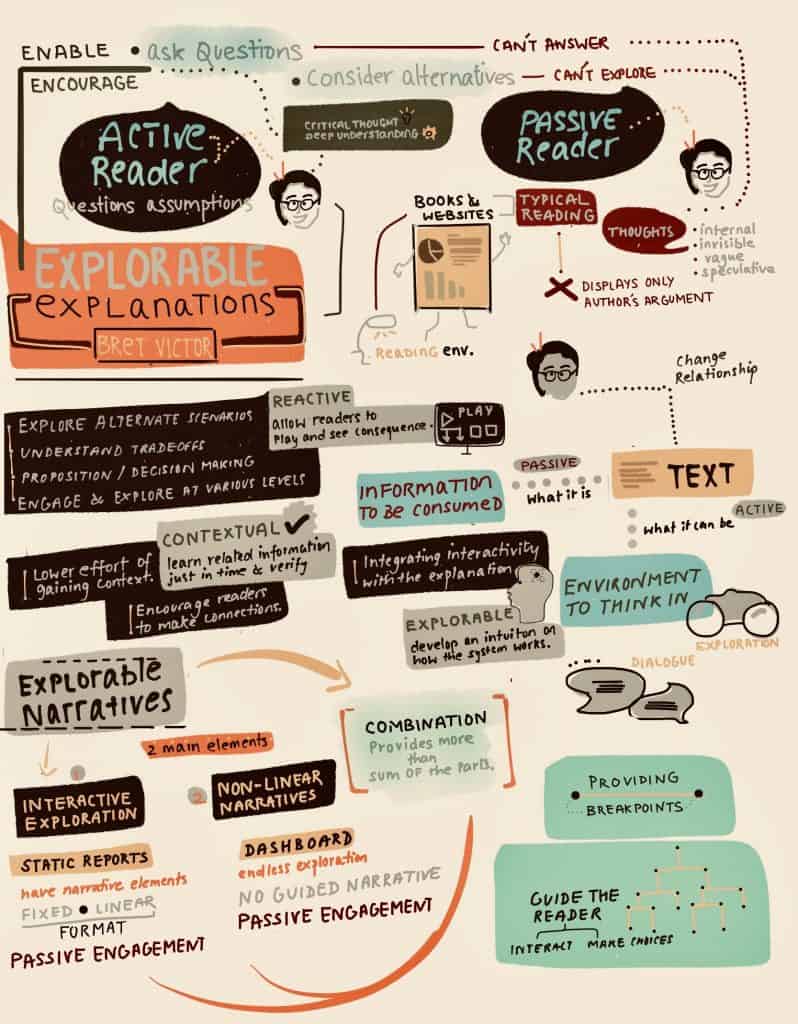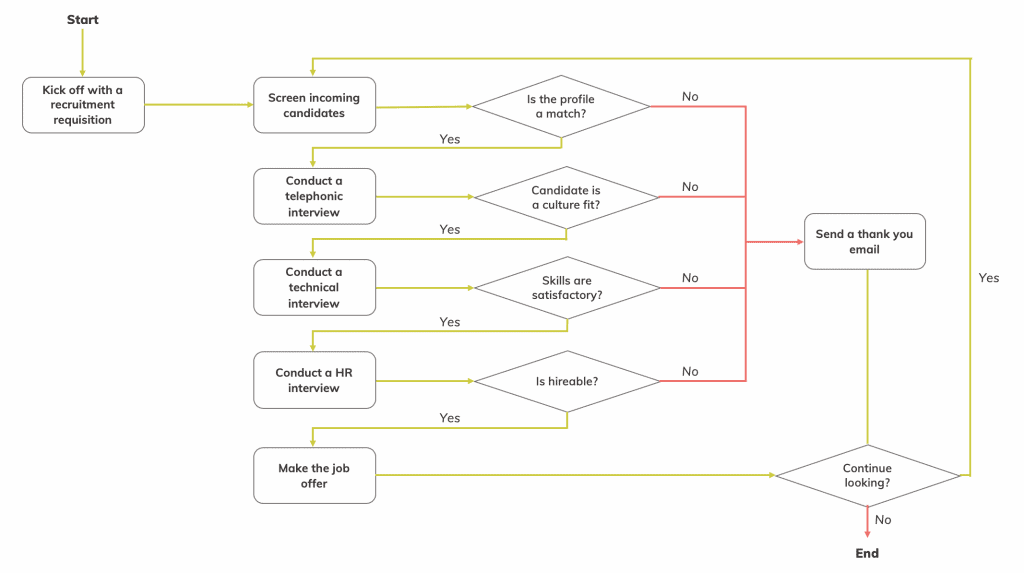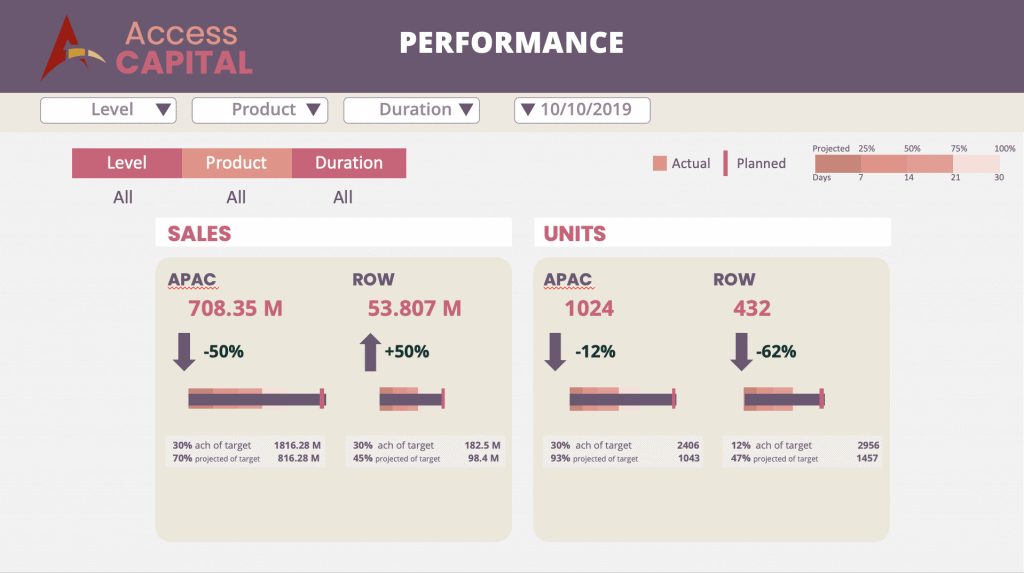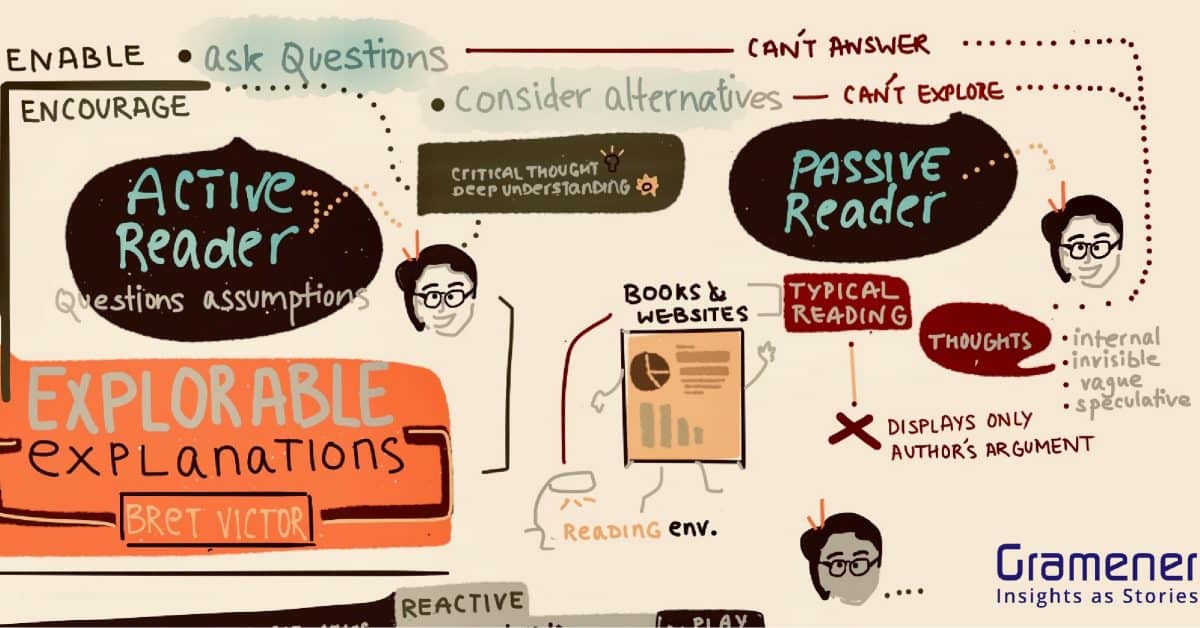How might we redesign data stories to actively engage readers and drive better decision-making?
Explorable Narratives is a novel format for data storytelling that aims to enable and encourage active reading. An active reader engages with a story by asking questions and exploring alternatives. Explorable Narrative is a derivative of Bret Victor’s concept of an Explorable Explanation.

To achieve this, an explorable narrative relies on two main techniques:
- Encourage exploration through interactivity
- Provide structure through guided narratives
Let’s take a look at how these two elements enhance a data story.
Exploration through interactivity
Data is often represented in the form of static reports. Even when utilizing narrative elements, such reports discourage active reading by only providing the information in a fixed & linear format. The reader cannot ask or answer questions, explore alternatives, or otherwise actively engage with the information. Including interactivity in the presentation can give control to the user to navigate through the information in an order that supports their comprehension and explore alternative paths.
Consider the example of a recruitment process. Common formats used to convey such a process or a playbook are flowcharts and decision trees as shown in figure 1.

Presenting the entire picture of the process can get overwhelming and conflates the overview from the details. Using interactivity helps the reader navigate step by step through the process, allows for exploring alternative decisions, and separate out the overview from the individual steps (figure 2).

Structure through narratives
Unlike static reports, dashboards offer endless opportunities for exploration. However, without contextual backing in the form of a guiding narrative, it is easy for the reader to get lost in the interaction without much sense-making. Presenting the information in a narrative form can help the reader break down the information into meaningful chunks and comprehend them piece by piece.
As an example, consider the dashboard shown in figure 3.

Like any other such representation, the information can be sliced and diced through various filters and selections providing ample opportunity for exploration. Even for a reader who’s familiar with the domain, the open-ended interactions can get in the way of understanding the
primary insights.
Figure 4 presents an alternative where the data is supported by a means of navigation and narrative elements highlighting the important insights.

The combination of these elements — meaningful interactions and guiding narratives — is more impactful together than when used
in isolation.
Inspiration and Examples
Several interesting possibilities are presented by this approach and have been explored well before.
- Could you make it as an Uber driver? by Financial Times uses a gamified decision tree to walk a reader through the difficulty of working as a driver in a gig economy.
- The Taxicab Problem by Gal Green is another example of an explorable explanation using both interactivity and narratives.
- Is It Better to Rent or Buy? by the New York Times is a classic example of using interactivity to help a reader explore alternative scenarios.
- Crime in Context by The Marshall Project presents a well-integrated use of interactivity directly into the narrative text, effectively focusing the reader’s attention.
